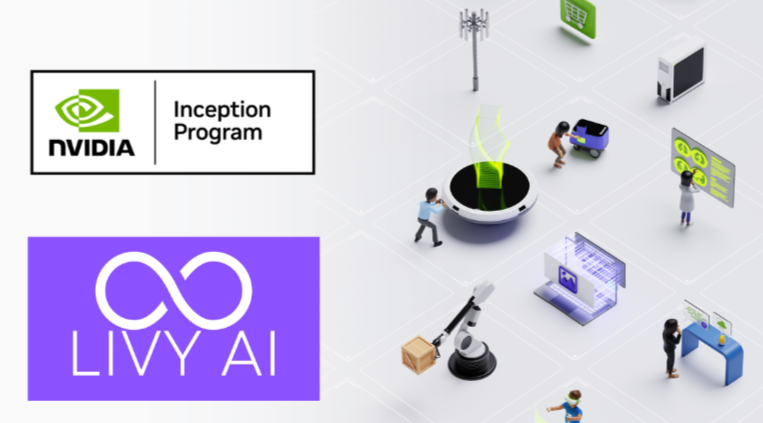
The crescendo of innovation in the music industry has reached new heights with the advent of artificial intelligence. AI music composition isn't just a futuristic concept—it's here, and it's reshaping the way we create, experience, and interact with music. From algorithmic patterns to learning user preferences, machine learning music is tuning up to be the industry's next big hit.
The Symphony of AI in Music Industry
AI in the music industry is not entirely new. For years, we've seen its incremental integration, from recommendation algorithms on streaming platforms to software assisting with sound engineering. However, the true revolution lies in AI's role as a composer, creating music that resonates with human emotions and complexity.
Machine learning, a subset of AI, can now analyze vast datasets of musical compositions, learn from them, and generate new music that often sounds as if it was created by human hands. This isn't just mimicry—it's a new form of musical creativity.
How Machine Learning Music Is Changing the Game
1. Accessibility: AI music composition tools democratize music creation. No longer is musical expertise a barrier to crafting melodies. Now, anyone with an idea can bring it to life.
2. Customization: AI can tailor music to fit a specific mood, activity, or environment, creating personalized soundtracks for individuals or businesses.
3. Efficiency: Machine learning can generate compositions in a fraction of the time it takes a human, which is invaluable for scoring films, games, or creating ambient music for events.
4. Exploration: AI can push the boundaries of genre, blending styles and instruments to create entirely new forms of musical expression.
Despite these advancements, AI-generated music raises questions about authenticity and artistry. Can a machine truly replace the human touch in music? Perhaps not entirely, but it can provide tools that amplify human creativity, offering musicians a new palette to paint their auditory landscapes.

